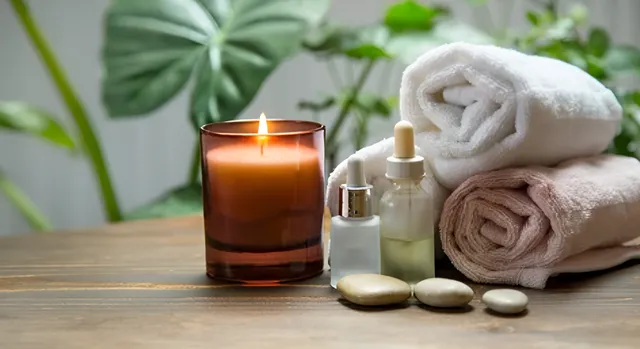Varicose veins affect millions of individuals worldwide, often causing discomfort and making daily activities more challenging. These enlarged, twisted veins are most commonly seen in the legs and develop when the valves in the veins aren’t functioning properly, leading to poor circulation. While they can be a cosmetic concern for some, they also come with physical symptoms that often disrupt day-to-day living. Understanding how varicose veins affect your life and exploring management options can help you take steps toward relief.
Effects of Varicose Veins
Varicose veins can have a significant impact on both physical health and mental well-being. Physically, they may cause symptoms such as aching, heaviness, swelling, and itching in the legs. Individuals with more severe cases may experience cramping, skin discoloration, or even open sores around the ankles known as venous ulcers. These symptoms make it difficult to stand or sit for long periods, limiting mobility and impacting work and leisure activities.
Emotionally, living with vein conditions can lead to self-consciousness, particularly when they are visible. Some avoid wearing clothing that reveals their legs, such as shorts or dresses, due to feelings of embarrassment. This can further impact confidence and social engagement, making this condition more than just a physical concern.
Minimally Invasive Treatments
Advancements in medical procedures now offer minimally invasive options to address varicose veins effectively. Two common treatments that provide relief and improve appearance are sclerotherapy and endovenous ablation.
- Sclerotherapy involves injecting a solution directly into the affected vein, causing it to collapse and eventually be absorbed by the body. This method is well-suited for smaller varicose veins or spider veins. Sessions are typically quick, and individuals are able to resume their normal activities shortly after treatment.
- Endovenous Ablation uses thermal energy, either from laser or radiofrequency, to close off larger varicose veins. A small catheter is inserted into the vein, and energy is applied to seal it off. This process reroutes blood flow to healthier veins, reducing symptoms and improving appearance over time. Recovery is generally straightforward, making it a preferred option for many patients.
Both of these treatments are highly effective and tailored to meet individual needs. Consulting with a vein specialist is the best way to determine which option is right for you.
Steps to Manage Symptoms
For those living with this condition, incorporating simple strategies into daily routines can help alleviate symptoms and prevent further progression. Wearing compression stockings is a widely recommended approach to improve circulation and reduce leg swelling. These specially designed stockings apply gentle pressure to the legs, assisting vein function.
Maintaining an active lifestyle also helps ease symptoms. Low-impact activities like walking, swimming, or cycling encourage healthy blood flow and reduce pressure on the veins. When resting, elevating the legs above heart level to provide temporary relief from swelling and discomfort. It is also helpful to avoid prolonged periods of sitting or standing and to take regular breaks to stretch or move around.
Exploring Your Options and Taking Action
Varicose veins can affect various aspects of your daily life, from physical discomfort to emotional well-being. While conservative methods such as compression stockings and regular exercise is helpful for managing symptoms, medical treatments like sclerotherapy and endovenous ablation offer effective solutions for longer-term relief. Consulting a qualified healthcare provider will help you determine the best course of action based on individual needs and circumstances.

Leave a Reply